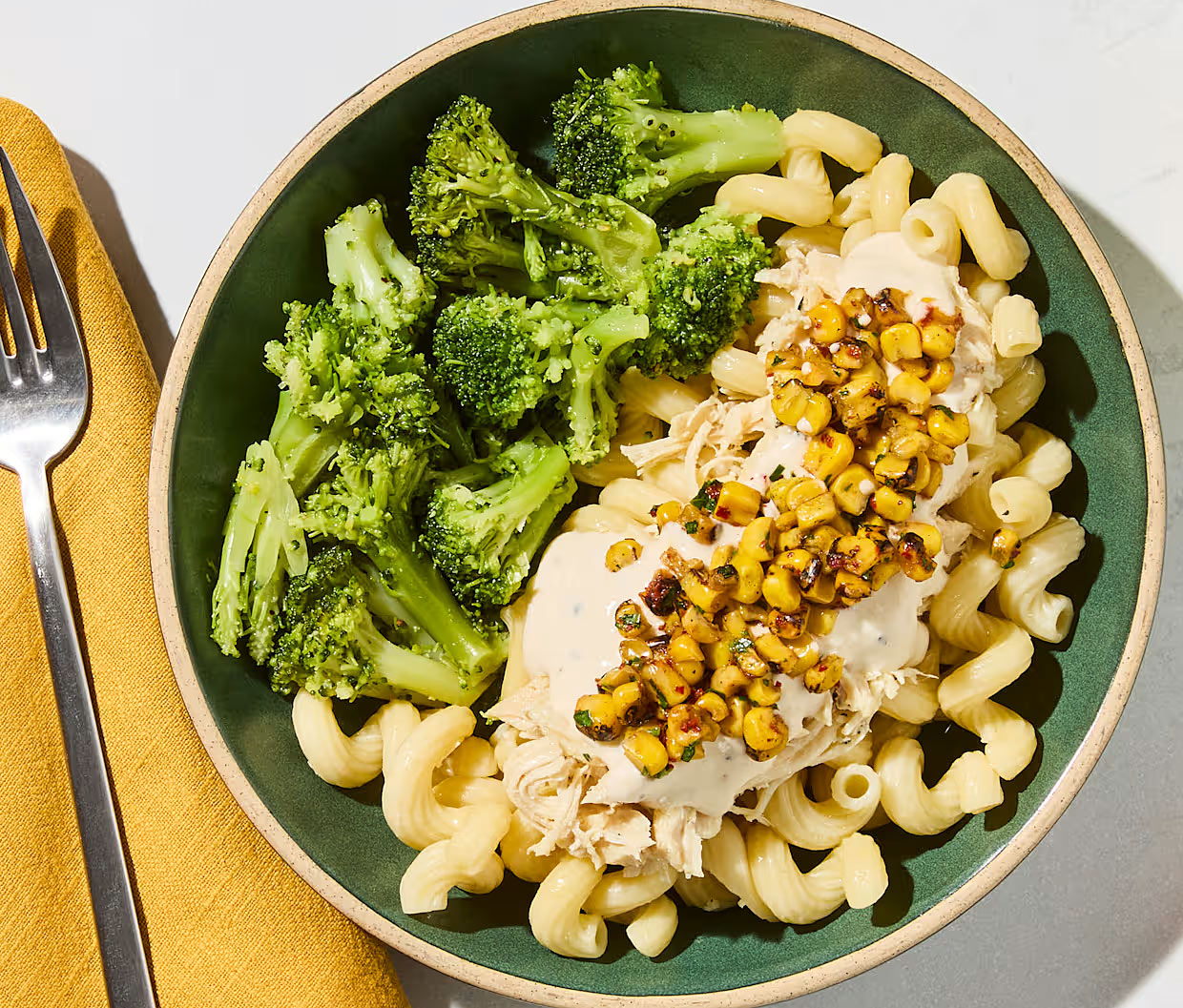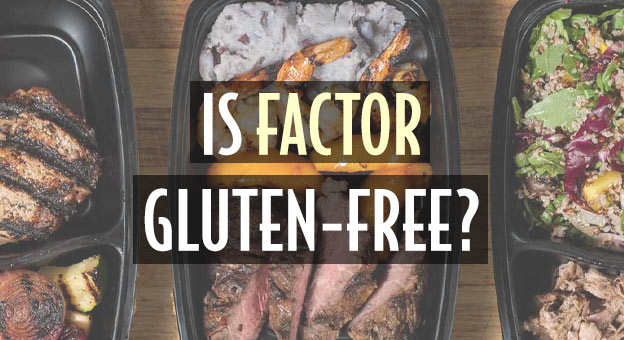
All Factor 75 (now Factor) meals are gluten-free, using ingredients like wild rice, brown rice, and quinoa instead of wheat, barley, or rye. However, they are not certified gluten-free, and cross-contamination is possible in their shared kitchen facilities, which may pose a risk for those with celiac disease or severe gluten sensitivities.
If you wish to be voluntarily gluten-free for a healthier diet, then Factor is a great option However, if you have severe celiac disease, you’ll want to be more cautious before signing up for any prepared meals, including Factor.
If you want to eat healthy and gluten-free, we have coupons here including a discount for the U.S. Military. Here’s how to choose your Factor menu.
How to Go Gluten-Free With Factor:

As someone with celiac disease, choosing a Factor menu requires caution due to the risk of cross-contamination, as Factor meals are not certified gluten-free despite using gluten-free ingredients. In fact, you’ll see this warning on Factor meals:
“Produced in a facility that processes eggs, fish, milk, peanuts, sesame, shellfish, soy, tree nuts, and wheat.”
Factor does not have a “gluten-free” menu for this reason, even though their meals are made without wheat.
Here’s how to approach going gluten-free on Factor:
- Review Ingredient Lists Carefully: Factor 75 provides detailed nutritional and ingredient information for each meal on their website. When selecting meals, click on the meal thumbnail to check for any hidden gluten sources (e.g., in sauces, seasonings, or additives like dextrin or modified food starch). Avoid meals with almond flour or corn tortillas, as some users have noted a higher cross-contamination risk with these ingredients. Stick to naturally gluten-free options like grilled meats, fresh vegetables, and rice- or quinoa-based sides.
- Filter for Safe Preferences: Factor’s menu allows filtering by dietary preferences (e.g., Keto, Calorie Smart, Protein Plus). While there’s no explicit “celiac-safe” filter, choose categories like Keto or Protein Plus, which often emphasize whole foods (e.g., grilled chicken, salmon, or roasted veggies) over processed ingredients that might hide gluten. Double-check each meal’s ingredients, as filtering alone isn’t enough.
- Plan Ahead with Menu Previews: Factor lets you preview up to three weeks of menus. Use this to plan meals that align with your needs, ensuring variety while avoiding risky dishes. Select your meals before the weekly cutoff (Wednesday, 11:59 PM CST) to avoid auto-selected meals that may not be safe.
- Consider Alternatives: Given Factor’s lack of celiac-safe certification and reported cross-contamination risks, you might be better off with a certified gluten-free alternative service like Modify Health or Pete’s Real Food, which are designed for stricter gluten-free needs. If you proceed with Factor, start with a small order (e.g., 6 meals) to test your tolerance, as some celiacs have reported no issues, while others avoid it due to uncertainty.
- Monitor Your Body’s Response: If you try Factor, track any symptoms (e.g., bloating, diarrhea, fatigue) after eating their meals. Even small amounts of gluten can trigger reactions in celiacs, and cross-contamination may not be immediately obvious. Consult your doctor or dietitian if you’re unsure about continuing.
- Use Factor’s Dietitian Consultation: Factor offers a free 20-minute session with a registered dietitian. Schedule this to discuss your celiac needs and get help selecting safer meals. Be clear that you require strict gluten-free protocols, not just dietary gluten-free options.
Tip: Many sources, including Reddit discussions and expert reviews, highlight that Factor’s shared kitchen facilities pose a cross-contamination risk, making it unsuitable for many celiacs. If you’re highly sensitive, prioritize certified gluten-free services over Factor to minimize health risks. Always cross-reference meal details with your own research or a healthcare professional.
Have you tried going gluten-free with Factor? If so, let us know how it went below:


